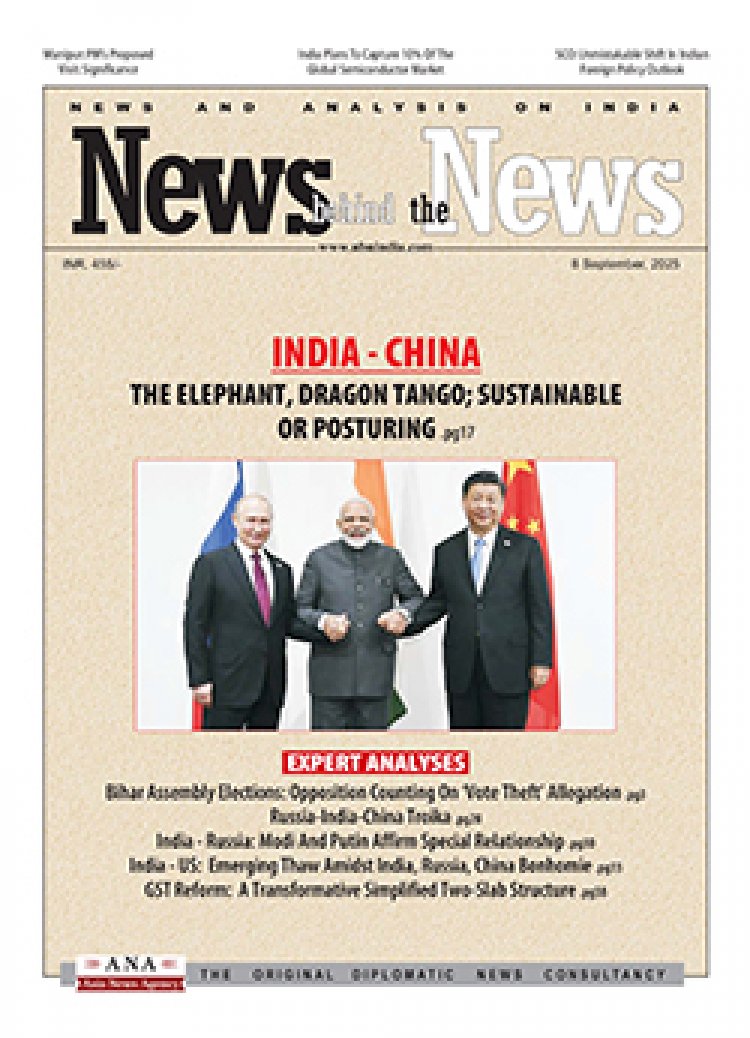8% growth possible if the bureaucracy is reformed
STORIES, ANALYSES, EXPERT VIEWS

Prime Minister Narendra Modi has always relied on a strong bureaucratic ecosystem. As chief minister of Gujarat from 2001 to 2014, senior officers from the Indian Administrative Service (IAS) ran the chief minister’s office (CMO).
When he became PM in May 2014, the first thing Modi did was call a meeting of 77 top bureaucrats in the prime minister’s office (PMO) and in key ministries. They were told to do their job without fear or favour. They would always have his backing. In his second term, Modi maintained the PMO’s emphasis on bureaucrats but began to introduce lateral talent in the Union cabinet.
Minhaz Merchant (author, editor, columnist and publisher) believes Modi’s strategy has sometimes worked but not always. “Relying on the bureaucracy is necessary to run a complex and diverse country like India. But the trend to bureaucratise regulatory agencies like the RBI has led to mixed results……In attempting to speed up bureaucratic decision-making in key ministries, Modi has allowed regulatory authorities to become unwieldy for stakeholders.”
Nothing exemplifies this more than the goods and services tax (GST) mechanism. Run as a federal structure by state and central ministers as well as bureaucrats, the GST Council has complicated rates rather than simplifying them. The old habit of keeping discretionary control by introducing multiple rates has not ended.
Compliances across other regulatory agencies, many run by former or current bureaucrats, have increased manifold. Companies spend more time on complying with rules — many completely redundant — than on expanding their businesses.
Excessive compliance protocols stifle creativity: Excessive compliance protocols stifle creativity, states Merchant. “Anecdotal evidence suggests that a light-touch regulatory environment would help the Indian economy in several ways. It would improve the ease of doing business in India, attract more foreign direct investment (FDI) and encourage greater private sector investment.
“Taken together, more sensible compliance rules could add up to 1% to annual GDP growth, lifting the economy out of its 6.5% growth trajectory to nearer 7.5-8% — a pre-requisite to double GDP every nine years.”
In 18 years, “India’s current GDP of just under $4tn could quadruple to $16tn and per capita income rise to over $12,000. Measured by purchasing power parity (PPP), per capita income would then be well over $25,000.
“An unreformed Babu Raj won’t get us there. Reforming and modernising it will."














